Reentry after incarceration in Wisconsin
“When they're in the institution, they're going five or ten miles per hour. But when they're released, it's like being thrown onto the highway going 60.”—Dynae Saba
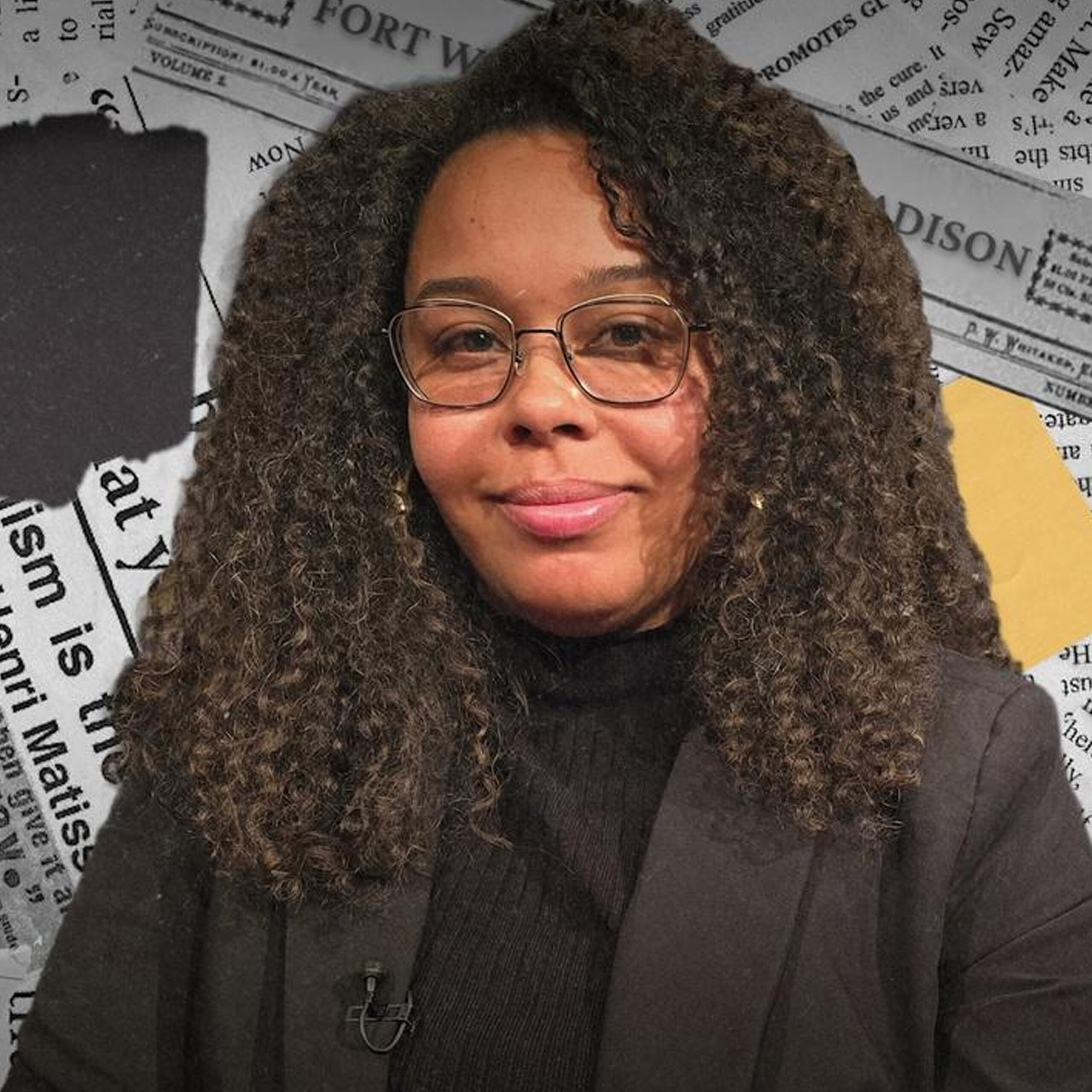
Reentry after incarceration in Wisconsin
Reentry after incarceration poses major challenges, especially in Wisconsin, where Black residents face the highest incarceration rate in the U.S. Guest Dynae Saba explores what it means to rebuild a life after prison, focusing on systemic barriers to housing and employment—and how race shapes reentry experiences.
Subscribe:



GUEST

Dynae Saba
Dynae Saba has demonstrated a strong commitment to supporting individuals re-entering society after incarceration through various professional roles. She served as an Employment Coordinator for the Wisconsin Reentry Program, a pilot reentry court initiative offering alternatives to traditional incarceration. She has played a pivotal role in creating pathways for successful reintegration, emphasizing employment and community support as key factors.
PODCAST TRANSCRIPT
[bright music]
Announcer: The following program is a PBS Wisconsin original production.
Angela Fitzgerald: Reentry after incarceration is a critical issue. Black individuals in Wisconsin face incarceration rates that far exceed those of other racial groups. Upon release, how do these individuals feel as they reenter society after prison? What challenges do they encounter regarding employment and housing? Let’s explore why race matters when it comes to incarceration and reentry.
In Wisconsin, Black residents face some of the highest incarceration rates in the country, with Black individuals being imprisoned at nearly 12 times the rate of white individuals. In fact, 1 in 36 Black adults in Wisconsin is currently incarcerated, making it the highest rate in the U.S. These statistics highlight the deep racial disparities in the state’s justice system.
For those returning to their communities after incarceration, the challenges are enormous. Many face roadblocks when trying to find jobs, secure housing, or access essential social services, making it much harder to get back on their feet. These barriers don’t just affect individuals. They also ripple through Black communities, making it even harder to break the cycle of inequality.
On this episode of Why Race Matters, we’ll talk with Dynae Saba, a former reentry specialist, about why race matters regarding reentry after incarceration.
Angela: How are you doing tonight, Dynae?
Dynae Saba: I’m fantastic, I’m happy to be here.
Angela: So appreciate you taking time to join us on Why Race Matters to talk about all the amazing work that you’ve done and still continue to do. So can you tell us a little bit about your origin story? Like, a little about your background and how you got into the lane of work of supporting formerly incarcerated individuals.
Dynae: Absolutely. So, initially, I was working in early childhood education, and I was working with young children who were dealing with really dysfunctional households. And I realized that me being this positive presence for them was great, but it was only temporary and that I needed to reach higher to impact them long-term.
And so I applied to a position at the Dane County Job Center, and that position started off as, like, a case manager. And I was in a meeting, and my boss came in and said to about four or five of us, like, “Who wants to volunteer for this new position? It’ll be working in prisons.” And no one raised their hand.
Angela: It didn’t bring out excitement in your coworkers?
No, it was silence, crickets. [chuckles] And I raised my hand. Why not? And so, and I had already had an established caseload at that point, of around 80 to 100 individuals. And a lot of them were, already had some criminal background, some type of barrier, and had been in the criminal justice system in one way or another. So I raised my hand, and that kind of exploded.
The initial role that I was in, I was working with folks actually in Dane County Jail, and that program was called LEAP. It was, the whole idea behind it was folks sometimes need to reframe their mindset. And if you grow up in trauma and dysfunction, then you frequently exhibit trauma responses. And that can cause not the best decisions sometimes.
And so I was certified as a facilitator for something called CBI-EMP, which is cognitive behavioral intervention with an employment focus. They also have CBI-SA, which is referenced as, like, “ci-bee-sa.” And that’s with substance abuse focus. So, but of course, since I’m in the job center, we’re employment-focused, and it is, it’s pretty simple.
And for folks that do have that cognitive processing already, it seems almost elementary, but what you’re doing is acting out and role-playing scenarios, and, “This is what I want to do,” versus, “This is what I should do,” and then weighing consequences to determine what is going to get you the best outcome.
Angela: Got it, okay. So all that’s designed, again, to improve employment outcomes for people who are within the jail system.
Dynae: Yeah, and sustainability because it’s great to get someone a job, but we need to help them deeper than that because they need to maintain that job. So one thing is the retention is a major focus. And with that program that I was in, we stayed with those participants for an entire year to make sure that if there was a hiccup or maybe transportation problems happened and it was difficult to maintain that position, we were able to intervene and provide any community support or help them navigate that to make sure that they retain that employment.
So they would be at the Dane County Jail receiving that programming. And then, back in the day, they had Huber. So they were able to release to go to work. Well, in this instance, they were able to release and do job club at the job center. And so they would come to me in the job club and we would do job search for hours and do interview practice. And yeah, so that was my first run-in with reentry.
Angela: And what were some of the challenges you were seeing the people experiencing when navigating employment as, you know, while they were in jail? Because presumably, I mean, we haven’t yet gotten into the prison program that you became a part of. You’re in jail for less time than you’re in prison, right? But there are still challenges, right? And so what did that look like? And what are some of the success stories that you saw as a result?
Dynae: One thing that I learned is I’m never going to be a goal crusher, but a lot of folks have a lot of free time when you’re incarcerated. And so we create these plans that are sometimes, unfortunately unrealistic because, “I wanna be a psychologist and I’m gonna do it in two years.” Well, we know that that is not…
Angela: Probably need more time, yeah.
Dynae: Right, it’s not gonna likely occur within that timeline. So just providing them understanding of what the actual time frame is going to be would almost immediately change their mind and we would be looking for something else. And so instead of saying, “Hey, what career do you want to be in?” I’m pulling more from the intrinsic motivation and determining, like, what do you feel good doing? What are you great at doing? And finding some of those transferable skills that they have so that I can identify a position that is going to be 100% relevant to what you already have acquired in life experience or work experience in the past.
Angela: And that sounds like, honestly, a relevant path of inquiry for a lot of us, because normally, like, we’re presented with jobs because that’s the amount of money that’s, you could make or some other, like, accolade connected to it and not tied to, like, your core of who you are and what you enjoy doing. For some people, maybe. For a lot of us, that’s not necessarily the driver around how we navigate employment. So that’s great that they have that opportunity through you.
Dynae: Exactly.
Angela: And so you said that was the starting point for connecting with the reentry population.
Dynae: Mm-hmm.
Angela: And so that, you built upon that within the prison program that you were introduced to.
Dynae: Yeah, absolutely. So, transitioned to Second Chance Pell at Thompson, Oregon, and Oak Hill Correctional Institution. I was tasked with going out there, determining if those participants were eligible for federal funding so that their education could be funded.
Angela: Which is the Pell Grant.
Dynae: Exactly. And also, Title I federal funding. So if they could receive Pell Grant, fantastic. But if, for whatever reason, they weren’t eligible for anything, WIOA, which is the Workforce Innovation and Opportunities Act, there is federal funding eligible, that people are eligible for other than Pell Grant, and that’s kind of the last resort. But yes, so we were able to scoop up those folks that weren’t Pell eligible or maybe exceeded the amount of Pell that they could receive and still receive education paid.
So they would be able to go through a program. Usually it was like a certificate program, and then I would assist them with the employment readiness piece. And that’s résumé development, explanation of criminal background, identifying the appropriate ways to explain that background to make sure we’re not oversharing and protecting ourselves, and then also recognizing the questions that are inappropriate, or even more so, illegal to be asked in interviews.
Angela: What are the types of questions that you were kind of warning your participants about, like, that they should look out for when they are being interviewed?
Dynae: A lot of it would be, like, asking details about the scenario that landed them their background. Family dynamics, questions in regards to disability, questions in regard to age. There are certain ways that things can be asked, and there are certain ways that those things can’t be asked. And so I just wanted them to be extremely aware so that they’re not going in blindly. Because if I’m your advocate, I wanna advocate for you 100%, even when I’m not in the room with you. And if that looks like, the same thing with my kids. Like, if that looks like me playing in your mind when you’re out and about in the world without me, I wanna make sure that it’s effective and that it’s going to be ingrained.
Angela: So, Dynae, tell us about the significance of your work with the reentry population and especially considering the stark disparities that exist in our state?
Dynae: Yeah, with our population, it is evident that from education, from high school, you can see the disparities between the races. There are major gaps within our housing market, within homeownership. Like, it’s evident in every single aspect in our community. If you look at the population of Black individuals and that reside and make up Wisconsin, and then you look and compare that to the population that is incarcerated, it is overwhelming.
So then that leads you to wonder, is this community being overpoliced? Is this community lacking resources that other communities have received? It’s a systemic pattern, and it’s going to continue over and over again until there are enough resources and services put in place to prevent those reoccurring patterns.
Angela: Absolutely. I think one of the reminders of that, and I forget what setting I was in, but they were looking at a map of the state, and they were using kind of like those heat measures to show, like, where are concentrations of certain populations based on race. I remember them calling out Green Bay, and, like, there was a part of Green Bay that looked like it had a significant Black population, but it was a prison. They’re like, this is where the Black people in Green Bay are. They happen to be in this particular, you know, prison setting.
So examples like that, like you said, reinforce this notion of there are Black people in Wisconsin, but there is an overrepresentation of Black people in Wisconsin within the criminal justice system. Why is that and what can we do about it? From your end, it’s the, how are we transitioning folks out to avoid any sort of interaction in the future with the criminal justice system? But that’s part of the solution, But that’s, there’s the foundational systems work that we still have to require people pay attention to to avoid even the need for someone like you.
Dynae: Early child education on up. Like, there needs to be changes. The education system, there needs to be changes. The post-graduation resources, there needs to be changes. Mental health resources need to be changed. Accessibility in general, it needs to. And I don’t have all the answers, but I would love, I would love if anybody wants to invite me to sit down and have a meeting and discuss this, please call me. Saba Empowerment Strategies. Because it is, it’s evident, and it’s consistent, and it’s sad. And no matter how much we discuss it, it seems to just continue to reoccur.
Angela: Right.
Dynae: It’s just like a wheel, and it keeps going. The challenges that I see frequently with folks are repeating those, those family patterns, you know. Trauma happened, trauma is repeated. And not knowing how to break the cycle. So breaking cycles, there needs to be a resource for identifying it and assisting with it. And I don’t even know what that looks like, but systemically, absolutely. There are major gaps between the races. And as a person who is biracial, I see that more than most. living on both spectrums and seeing both spectrums.
The support, if people are looking to contribute and assist, like, supporting in the way that you can fit in is appreciated. Being an advocate, educating people that think that this is nonexistent and that say, “I don’t see any color.” [laughs] Because that is problematic in itself. I encourage a lot of folks to just have meaningful conversations and be open to learning and exposing yourself to things, because that belief that this isn’t a thing and that, you know, those disparities are over, and slavery was hundreds of years ago, no, that’s not a thing. Like, it’s still reoccurring and it’s still impacting us to this day, and will continue to.
Angela: What are the barriers that they have had to work through that those of us who may not have had incarceration experience are, should be made aware of?
Dynae: One thing that, I’m gonna start with what’s not a barrier. Okay? I saw the most unbelievable performance academically. I had a professor come to me and tell me that that one of the cohorts that I was working with was the most highest accomplishing grade point average collectively that he had ever experienced, and he cried at their graduation.
Angela: That’s amazing.
Dynae: So there was, there is some positive to that, that time to sit down, and that alone time that you have. Some of the barriers, after accomplishing, you know, employment or education and then transitioning to employment, you still have to function and communicate effectively and be able to differentiate that when you’re in prison and when you’re out in public, because they would be able to participate in work release once they accomplished employment with, of course, the selected employers that the Department of Corrections has agreements with.
And so struggling with the dynamics of having a supervisor that you might not get along with every single day and navigating, unfortunately, sometimes the negative stigma that’s attached to you because you’re an inmate. The other coworkers or colleagues wouldn’t feel necessarily comfortable having a whole group of inmates in a space with them. And I definitely had conversations with participants that were struggling with that.
Angela: Okay, no, that is, that’s sound advice, right? Because like you said, there’s still the stigma around folks’ comfortability based on their perspective on what you’ve done, what that means to interact with you, et cetera. But nonetheless, there are still those positives that resulted from both the education they received, that what that means for access to employment opportunities, and then what that then means for being able to sustain yourself financially, you know, upon release.
And so what are some of those success stories that you saw of, like, once folks are done, their time has been served? Now you’re out in the world, you’ve received this awesome support from the likes of you and others, kind of what that looks like in transitioning back into the regular world.
Dynae: So examples, I had a very young participant, actually they were young when they offended, okay? When they arrested and convicted. I want to say, like, 17 or 18, and they did a 20-year bit.
Angela: Wow.
Dynae: Bit means the duration of time that you’re incarcerated, and–
Angela: Literally their entire adult, young adult life?
Dynae: And they had a child before they went in.
Angela: Wow.
Dynae: And so they were able to get out. They had not went through Second Chance Pell. They had gotten out. Someone in the community, ’cause I, you know, am in the reentry circle was like, “Hey, go talk to Dynae.” I spoke to this person. I assisted them with résumé development. And a lot of times, it’s not just, like, oh, these are the positions. It’s more so like, what are you good at? And then you’ll hear a response like, “I’m not good at anything,” or “I don’t know.”
And then you know that that’s an immediate flag to me, that, oh, we need to boost up your confidence. And so it becomes more so a rolling conversation with each session, where we’re highlighting and boosting that confidence and just really being their cheerleader and treating them with compassion and humanity. Because sometimes, you disconnect from that when you’re in an institution with thousands of other people living in not ideal conditions.
And so seeing the transformation from the day that I meet them to, you know, the day before they go to their interview, I frequently would be like, “I feel like I’m sending my baby off to school.”
Angela: Oh, wow.
Dynae: But this specific individual, we had to do a lot of boosting up, and eventually, that individual was able to get into a trade, accomplish employment, was making over $25 an hour, created a relationship or restored the relationship with their child, got married to the partner and parent of that child and was able to, you know, purchase a home and live life and flourish as a contributing person in this community. And that is literally why I do all of this.
Angela: Wow, absolutely, it’s stories like that. Because you recognize that without certain supports, how much more difficult might it be.
Dynae: Mm-hmm.
Angela: And yet, and still in seeing, in seeing the impact of things like the confidence boosting, like the education, the employment, what are some things that you are like, “Man, I really wish XYZ was available?” And that’s not even getting into, like, the deeper systems work, but just from, like, a services and support standpoint, what do you feel might still be missing?
And I’m asking that because one of the topics that I’ve come across recently is the challenges of incarcerated folks in building credit, and then what that means when you come out and you have to navigate systems that require you to have a certain credit score. Why, 20 years for example, the person you just mentioned of not having that opportunity to even build anything credit-wise for 20 years. So with examples like that, what are some of the missing pieces that you think are opportunities for us to build more supports and services around?
Dynae: So what’s funny is I covered that. [laughs] So I would assist them with identifying specific things that would quickly elevate their credit scores. A lot of people get out of prison, and whether they, it matters if they were at a prison site or if they were at a center, different places allow you different privileges. Privileges. And so folks would be able to work and would come out with $70,000 saved.
Angela: That’s amazing.
Dynae: Well, it’s amazing, but think about being in for 10, 15 years, having $70,000-plus saved, and that’s not including they’ve already paid for their arrears, they’ve already paid– They actually have to pay for, like, room and board while they’re working and living in that institution if they are working. It’s part of the agreement.
Angela: Wow.
Dynae: They do not know how to manage their money, and so providing resources to assist them with money management and savings, investment. That wasn’t necessarily me providing those resources, but just helping them navigate community programs that would be able to assist them, because that is a whole ‘nother niche that people aren’t even aware of.
Angela: Well, and it sounds like too that perhaps some of those gaps could present risk for recidivism. And so what are you even seeing in that realm of, yes, success, you’re released, on the right path, something happens, okay, now we’re back?
Dynae: That is something that I encountered way more than I would like. Hundreds of participants. I did this work over nine years. So when I say hundreds, I mean hundreds because I was, I’ve served over 900 people that are tied to the criminal justice system. A lot of folks will be successful, accomplish their job, and maybe they struggle with substance abuse, and they use, and are found out, and they go back to prison.
They’re revoked, they go back to prison. And then they reach out to me by letter and say, “Hey, Dynae, I’m so–,” and sometimes, there’s shame in those letters. There’s fear that I am no longer going to provide services. There’s a lot of different things, different perspectives. And just being able to reassure and let them know, like, “Hey, I’m here when you come out. These services are still here for you.”
I had people that would frequently have that revolving door, and I had people from the age of, I had specific participants that from the age of 16 to 60, they were incarcerated.
Angela: Wow, that’s what they know.
Dynae: Exactly. And it was almost easier to deal with what they knew and what they were comfortable with than to deal with what we deal with out here. There was an analogy that a correctional officer, ’cause I got really tight with a lot of the correctional officers, told me. And it was when you’re in this institution, when they’re in here, they’re going 5, 10 miles per hour. And then when they’re released, they’re thrown on the highway and they’re going 60 immediately. And for some people, they cannot keep up. It’s too much.
Angela: Absolutely. Until we come up with continuing to improve and build upon solutions to address.
Dynae: Absolutely.
Angela: And one of the supports that we didn’t yet touch on in terms of what you’re seeing, folks who are coming out of prison seeking your help with is housing.
Dynae: Mm-hmm.
Angela: And so from your observations or from your experiences, what does that look like, and what could we be working on to maybe ease any challenges that present with housing needs?
Dynae: You touched on one thing earlier, which was the credit development, especially in Madison. Like, you have to make, what, three times your rent. Normally, your credit has to be A-1. Somebody getting out of prison is most likely not going to check all those marks, even though a lot of them do. If you’re in long enough, everything’s cleared off of your collections and you’re great. But that is not the consistent scenario for folks.
I don’t know. Some type of affordable housing program that could be specifically for reentry. Unfortunately, sometimes when things are grant funded, they go to the lowest bidder. The lowest bidder, you know, if you’re bidding the lowest, then you’re not receiving the most to provide that service. And therefore some of the services could be compromised. So you’re not receiving the best housing.
I have a wonderful friend that runs SLIM, and there’s challenges in housing, navigating with DOC, those DOC contracts, and housing people that are not necessarily ready to be out in the community can be challenging, ’cause you have a blend of folks that are and you have a blend of folks that aren’t. And so whoever does that work, I commend you. But I do feel like there are not enough resources for the demand and the need that are in our community.
We have to find resources to assist folks in getting housing and sustaining housing. And that also ties to sustaining employment, being able to acquire employment. It’s all tied together. So, but housing is definitely a need, and hopefully, some new, unique programming will arise that can maybe specifically target the reentering population.
Angela: Well, I definitely appreciate your time, you sharing your expertise, and excited to see how things continue to grow and evolve for you.
Dynae: Yes, yes.
Angela: And definitely appreciate all the support that you’ve lent to our community.
Dynae: Yeah, thank you so much.
Angela: Incarceration and reentry are deeply intertwined with systemic racial inequities, particularly for Black communities. The barriers faced by individuals upon release, such as securing employment, finding stable housing, and addressing social stigma underscore the urgent need for tailored support systems. By acknowledging the role race plays in these challenges and working to address these inequities, we can create pathways for success.
Watch additional episodes and content at whyracematters.org.
[bright music]
Announcer: Funding for Why Race Matters is provided by Park Bank, UnityPoint Health Meriter, UW Health, donors to the Focus Fund for Wisconsin Programs, and Friends of PBS Wisconsin.
 Passport
Passport

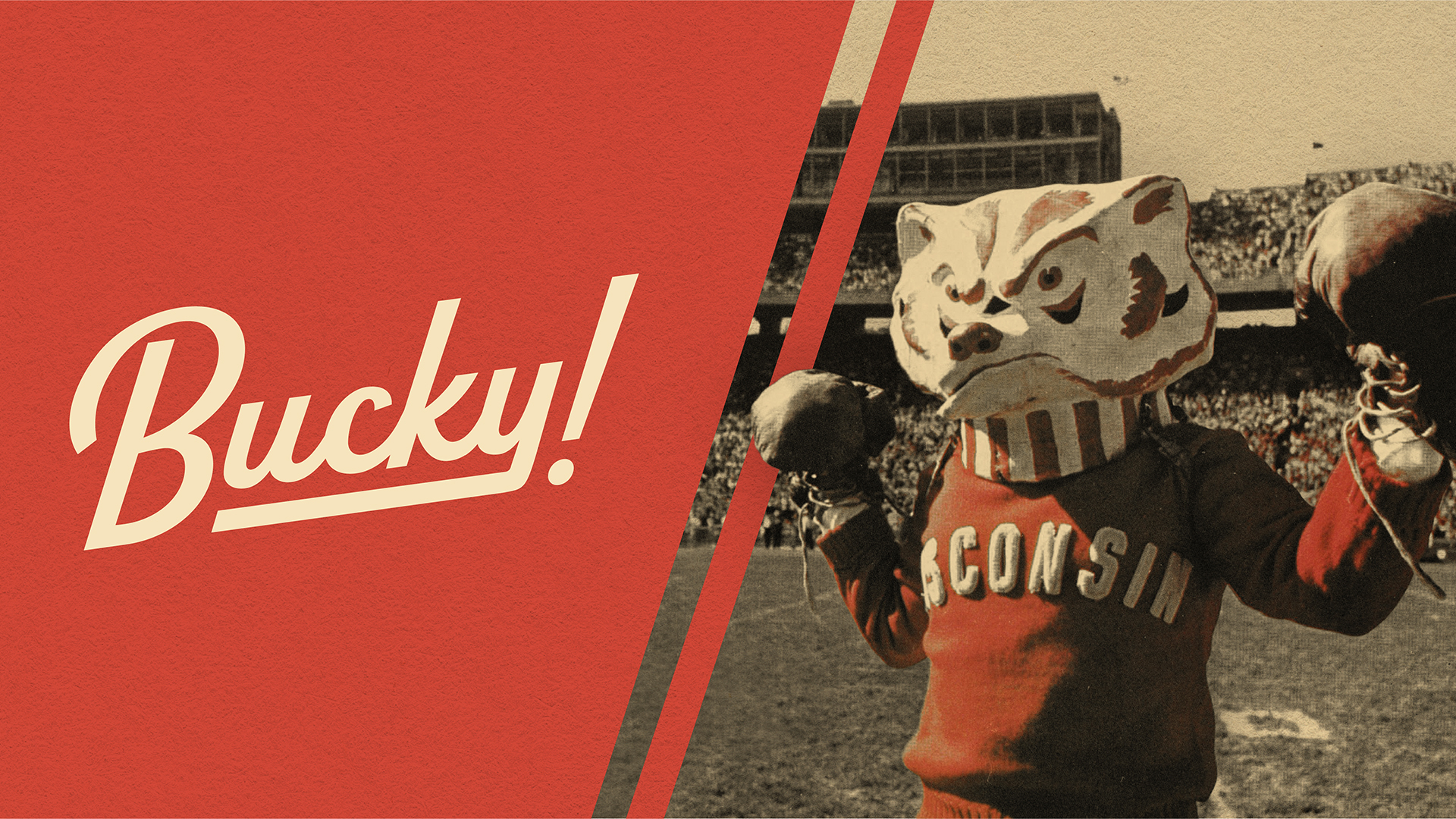
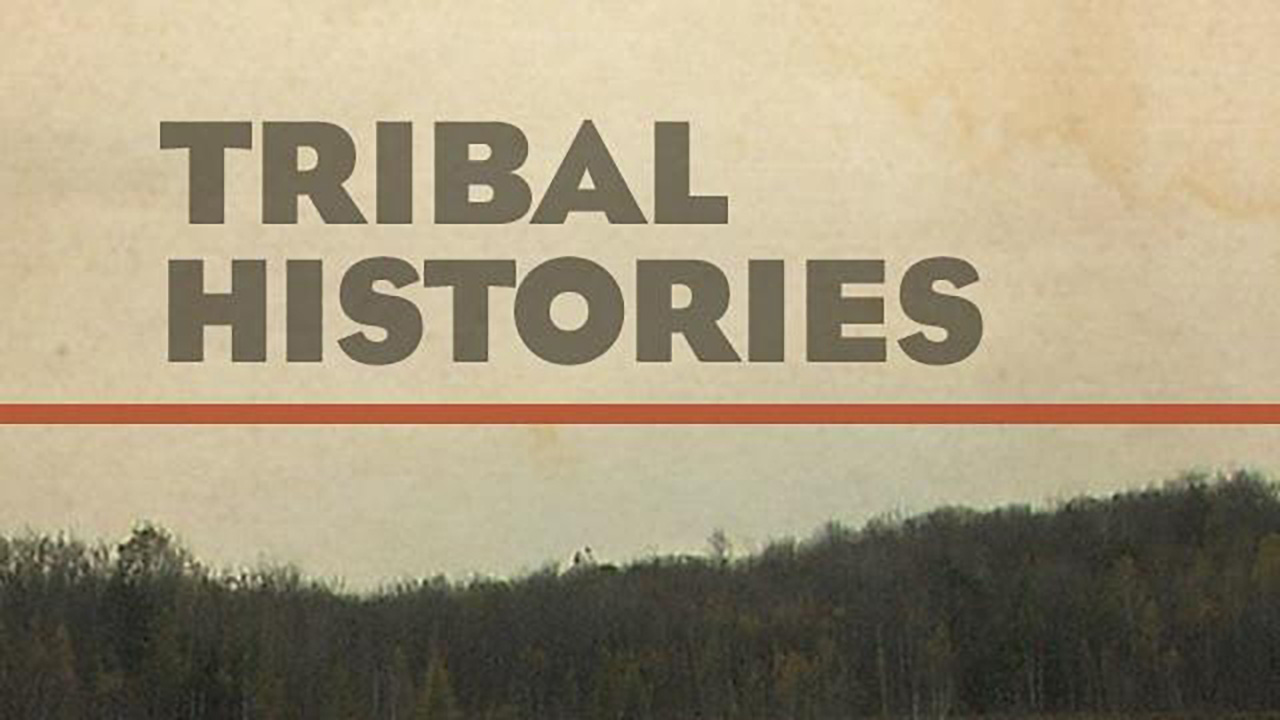
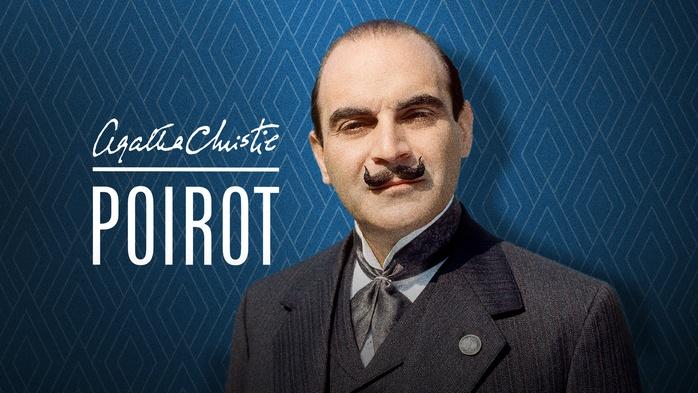

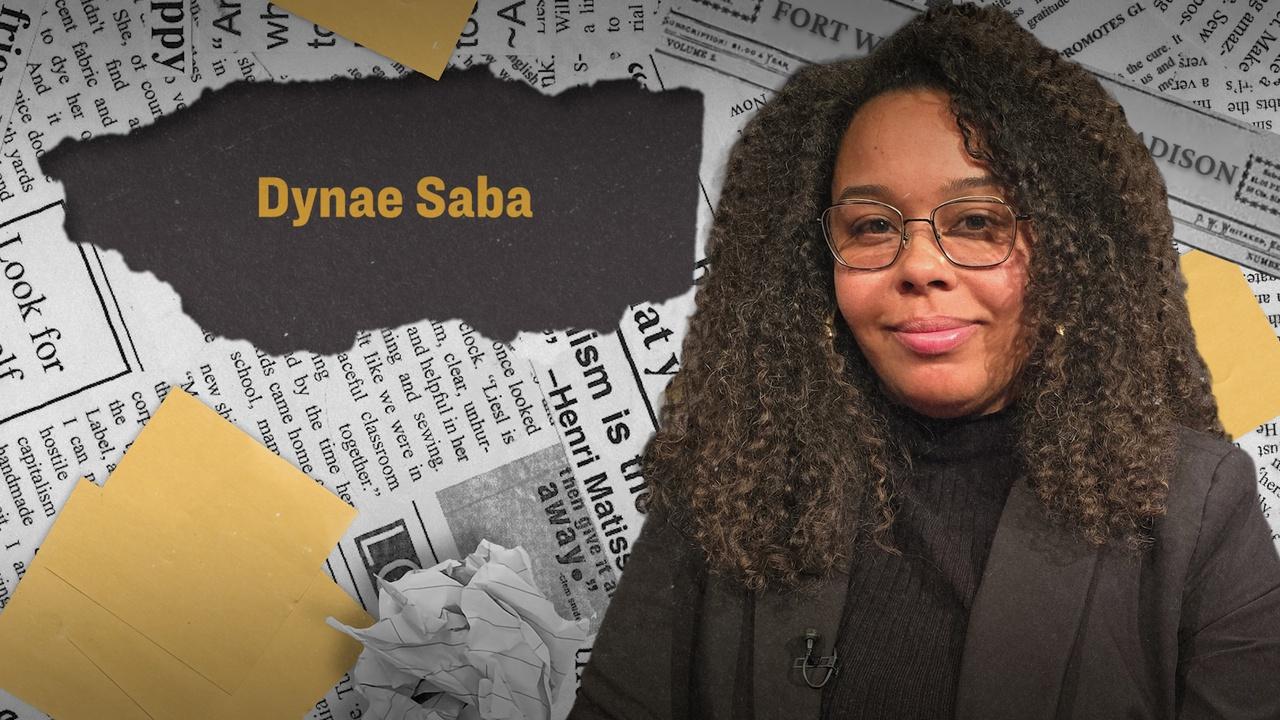

Follow Us